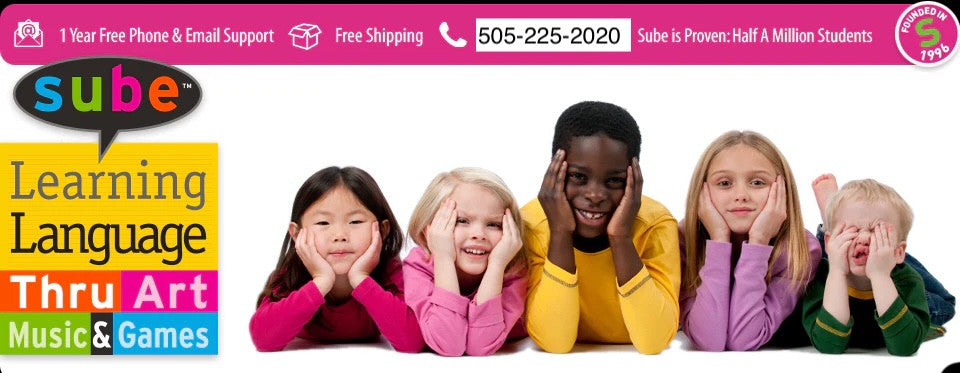
Do you think teaching English to Thai children in Thailand would be different than teaching Spanish to Mexican immigrants in New Mexico?
I discovered that we are not as far apart as we might think. More importantly, we can learn so much from each other.
I met Juckrawooth Attanawanich (Ant) from Yamsaard School, at the ThaiTESOL conference in Khon Kaen, Thailand where I was accepted to present about the Sube Methodology & Teaching Strategies. Ant graciously invited me to do a teacher training at his school in the outskirts of Bangkok. This absolutely gorgeous Thai-owned school was fully equipped with everything from an integrated swimming pool to a whole floor for music classes where I could see students playing everything from traditional Thai instruments to electric organ and guitar, as well as plans for school wide I-Pad integration. Lovely green areas throughout the campus made this school feel pleasant and inviting, and of course I was treated with familiar Thai smiles and hospitality.
I was curious to find out what language teachers were needing here. What were their challenges? Were they the same or different then the challenges we face in the states or in South America? I did the workshop with about 9 teachers and coordinators. I shared strategies on how to teach through art, music and games and how to incorporate activities that are diverse in modality (kinesthetic, visual, auditory etc.) to engage students, deepen the learning, and develop 21st century skills. We got up and danced to the Sube music, played games and laughed as they shared cultural differences.
I was surprised to find that teachers in Thailand had the same questions and concerns that we have in the United States:
- How can we teach in this way with a large classroom size of 30 children?
- How do we add kinesthetic activities with classrooms packed with desks?
- How do we find time to teach in this way while teaching the core curriculum?
Sound familiar?
This article, Tools for Teaching: Managing a Large Class Size, offers some excellent ideas for question number one. On the question of how to add more kinesthetic activities to a traditional classroom with desks, take a look at the article, Helping Kinesthetic Learners Succeed. You may be surprised to find that "kinesthetic" does not mean only body movement games. It means they are hands-on learners and there are many learning tools that can easily be used with desks:
- Abacus (manual math tool with horizontal rods and moveable beads)
- Modeling clay
- Number lines
- Models
- Sandpaper and carpet to trace letters, shapes, and numbers
- Drawing materials
- Puzzles
- Wooden numbers and letters
- Globes and maps
